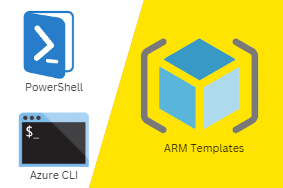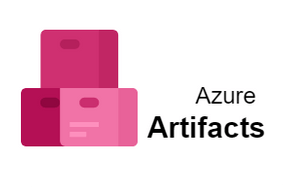Google Cloud Platform (GCP) and Amazon Web Services (AWS) are two popular cloud platforms that help companies manage their infrastructure, such as servers, network, storage, and other resources. How are these two cloud platforms different? Read on to find out the differences between Google Cloud Platform and Amazon Web Services. Also check out our comparison of Azure and AWS for further info about these two services providers.
An Overview of Google Cloud
When it comes to cloud computing, most people think of Microsoft or Amazon—after all, they’re two of the biggest names in tech. But if you’re interested in a multi-national company that offers a variety of services with numerous advantages over its competition, it might be time to take a look at Google. We’ll take an overview of what cloud computing is and how Google compares to AWS and other competitors.
Differences Between GCP and AWS
Both GCP and AWS are powered by large data centers. To date, AWS has more than 20 availability zones in 13 regions. GCP has six regions currently: one in Asia, three in Europe, two in North America and one in South America. The number of zones across these six regions are still limited (currently 10 per region). This can make it harder to locate applications close to your customers. Of course, GCP is rapidly adding more zones around the world—at least two per quarter—and that’s on top of what AWS does. For example, four new zones opened for AWS just last month! But with its global footprint, it’s likely that you can find a suitable location for your workload pretty easily on either platform. That said, if performance or latency is critical to your application’s functionality, then choosing a provider based on which regions and zones it offers might be important. As for features, there isn’t much difference between GCP and AWS. They both offer many services designed to lower operational costs, including billing options such as pay-as-you-go pricing, reserved instances and add-on services like IAM (Identity Access Management) which allows you to control access via roles. The most notable difference between them may actually be their prices—but as an entrepreneur starting out, your decision should ultimately be influenced by how quickly they grow their network; so keep a close eye on AWS as it adds even more zones in 2019! With its larger footprint right now though, I recommend using AWS first when getting started. It’s easier to learn about cloud computing through Amazon because it’s easier to reach support if anything goes wrong. When doing research on GCP and AWS, read reviews online about each service—make sure all reviewers have used both providers before commenting about which works better for particular use cases. Also look up YouTube videos showing how simple or complicated certain tasks are, as well as tutorials explaining concepts like setting up VPCs, connecting databases through APIs and scaling server resources dynamically according to demand. Ultimately, choose whichever provider looks simpler at first glance—it will become second nature soon enough anyway!
Differences in Pricing Models
Both AWS and GCP charge on a pay-as-you-go basis. The difference lies in how much you’re charged for your compute resources. In AWS, price per unit of compute varies depending on which region your instances are hosted in. In GCP, pricing varies based on memory size and number of cores per instance, among other things. That means it’s hard to compare prices across services since there are many different variables involved; also because some services have free tiers (like AWS’s new Elastic GPUs service). If you’re curious about the cost differences between AWS and GCP, check out our infographic here. Or read below for more information on various aspects of pricing.



0 Comments